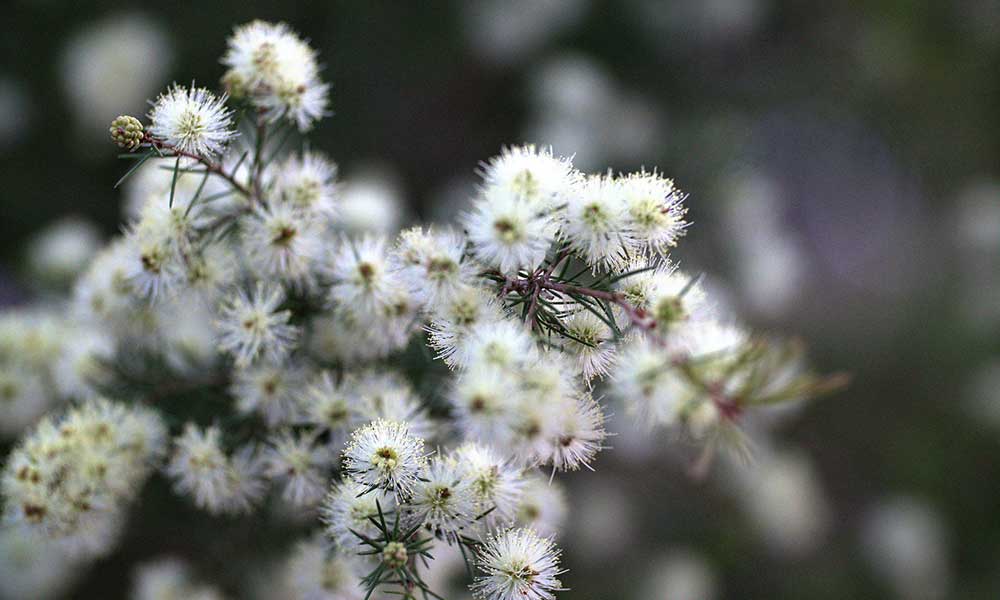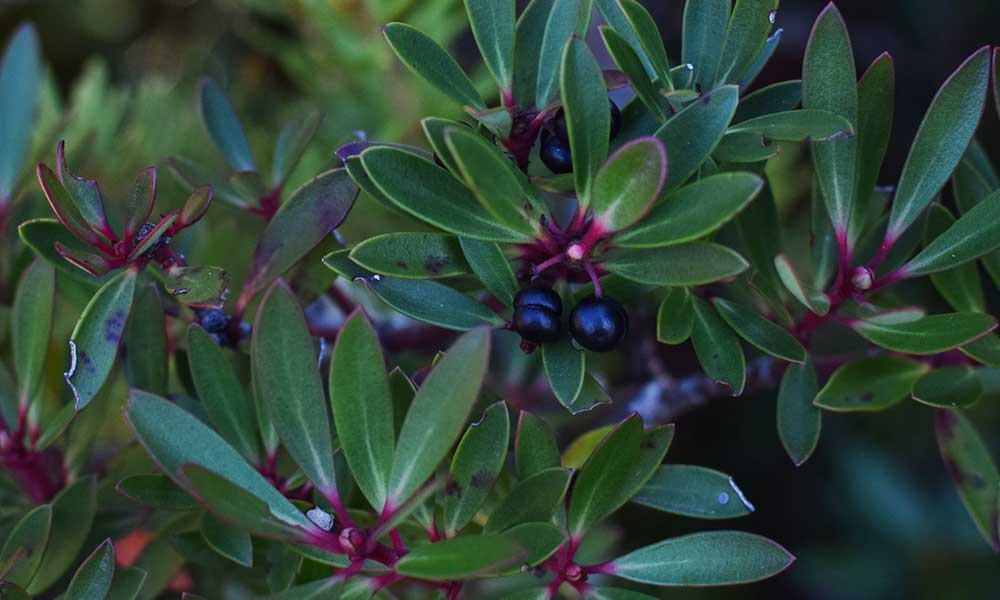Introduction to Tasmania
Who doesn’t love a little Tassie in their drink? Bright Night Gin proudly screams “Tasmania” from its gin variants to our botanicals, production systems and even how it’s packaged. The state gives us so much to be proud of!
Tasmania may be Australia’s least populated state, but it still has everything a person could want. With pure water and clean air to enjoy; gorgeous scenery that will take your breath away every time you look out into the horizon or go hiking through some amazing landscapes!
This beautiful state way down under is truly one fascinating place to be!

History of Tasmania
What’s in a Name?
Did you know that Tasmania had a different name? It was known as “Van Diemen’s Land” until 1856! It was named after Anthony van Diemen, the governor of the Dutch East Indies. Its modern name is credited now to the Dutch navigator-explorer Abel Janszoon Tasman, who was the first European to discover the island in 1642.
Aboriginal inhabitants refer to Tasmania as “Iutruwita”. For them, the capital city of Hobart is “Nipaluna”.
What’s in a State?
Tasmania is home to a bounty of natural resources. This ranges from land to air, to even water.
Any time of the year is an excellent time to visit this beautiful state. The climate is typically moist, with moderate summers and winters. Heads up — it could rain year-round!
Tasmania is also one of the only three places on earth to achieve net zero emissions. It’s the first in all of Australia! This has got a lot to do with the outstanding forest management practiced throughout the state. Native forests are kept well-preserved through continuous efforts. That means more carbon is being stored than being produced!
It may be considered the smallest Australian state, but Tassie is known for its mountainous landscape. These ridges and plateaus present beautiful extensive views and even fossil-laden cliffs. It is also from these mountains that Bright Night Gin sources water for the distillation process.
Tasmanian Water
Bright Night Gin is proud of its use of Tasmanian mountain water in the distilling process! We love that it’s pure, pristine and tastes so clean. As everyone says, there’s definitely something in the Tasmanian mountain water!
The nutrient-rich soils of our mountains are just one part of the equation for this quality water. The other? It has got to do with the refreshingly-clean air of our state! Besides the water from the mountains, Tasmanian water also accounts for the abundant marine and freshwater resources around the island. Just like Bright Night Gin, a wide variety of industries and communities benefit from this.
The water from one of our cities was even awarded the world’s best tasting tap water. That’s how great Tasmanian water is!
Tasmanian Botanicals
Contemporaries now fondly refer to our state as “Tassie”. But if you’re a gin fan like us, our state is probably known to you as an “Australian distilling region”. As a locally grown and produced gin, we’ve got a thing or two to say about why Tassie’s known for that!
Besides the excellent mountain water, air, and weather, Tasmania also boasts great quality native botanicals. We use three uniquely Tasmanian botanicals in our gin production — the Kunzea, Tasmaian mountain pepperberry and of course the Murtis berries.

Kunzea
Kunzea is an aromaticl local herb grown around Tasmania and mainland Australia. Our team proudly grows this botanical by ourselves. It’s a botanical that is widely-used in local distilling practices. And that’s all thanks to its aromatics!

Tasmanian Mountain Pepperberry
The hero ingredient in our Wild Tasmanian Gin! The Pepperberry is one hardy botanical that can survive even the harshest of weather. Feel that delayed heat and spice when you drink our gin? It’s all thanks to this!

Murtis Berries
Hand picked locally in Tasmania, the tiny red murtis berry, packs all the punch of strawberry sherbet and gives the pink gin its distinct fragrance and fruity flavour.
History of Spirits in Tasmania
Good ol’ Tasmania has got a notable history with distillation and spirits. Back when it was still an 18th-century European settlement, beer brewing was a commonly-encouraged practice. The 20th century gave Tasmanian distillation its boost when Bill Lark, the father of Tasmanian distilling, began to distill whisky in his own home.
A variety of alcohol and spirits began to spring up in the region over the years. That’s where our beloved craft gin comes in! Can you believe that it was only three decades ago that craft brewery was made legal? So much has happened to our industry since then!
There’s still tons to come for beautiful Tasmania. We here at Bright Night Gin cannot contain our excitement for what’s to come for our state!
Tasmania’s unique weather conditions
Tasmania has a unique weather pattern due to its location and topography. Here are some key features of Tasmania’s weather:
- Four seasons: Tasmania has four distinct seasons, with cold winters, mild springs and autumns, and cool summers. Winter temperatures can drop below freezing, while summer temperatures usually stay around 20°C (68°F).
- High rainfall: Tasmania is known for its high rainfall, with some areas receiving over 2,000 millimeters (80 inches) of rain per year. This is due to the island’s location in the path of the westerly winds, which bring moist air from the Southern Ocean.
- Windy conditions: Tasmania can be quite windy, particularly in the coastal regions. The westerly winds that bring rain also bring strong gusts, which can reach up to 100 kilometers per hour (60 miles per hour).
- Snow: Snow is common in the higher elevations of Tasmania during the winter months, particularly in the central and western regions. This can lead to hazardous driving conditions and the closure of some roads.
- Microclimates: Tasmania has a diverse landscape, from coastal areas to mountain ranges, which leads to a variety of microclimates. For example, the west coast is known for its rainforests, while the east coast has a drier and sunnier climate.
Tasmania’s unique weather conditions play a significant role in the production of high-quality barrel aged gin, which are becoming increasingly popular and well-regarded globally.
One of the key factors is Tasmania’s cool climate, which slows down the maturation process of barrel aged gin and allows it to develop a more complex flavor profile over time. This is because the cooler temperatures slow the chemical reactions that occur in the aging process, allowing the barrel aged gin to spend more time in contact with the oak barrels and absorb more flavor and aroma compounds.
The high rainfall also helps to create an ideal environment for the production of barrel aged gin and gin overall. The abundant water supply is crucial for the distillation process, and the water in Tasmania is known for its purity and mineral content, which can contribute to the flavor of the finished product.
The island’s microclimates also play a role in the production of Tasmanian gin. For example, some distilleries take advantage of the cooler, wetter conditions on the west coast to create peated whisky, which has a smoky flavor that comes from drying the malted barley over peat fires.
In addition, Tasmania’s isolation and relatively small size create a tight-knit community of distillers, who often collaborate and share ideas to improve the quality of their products. This has helped to foster a culture of experimentation and innovation, with many distillers using unique ingredients and techniques to create spirits that are distinct from those produced elsewhere.
Overall, Tasmania’s weather contributes to the production of high-quality barrel aged gin and and Tasmanian gin overall by creating a unique environment that allows for slow, complex maturation and experimentation with different ingredients and techniques.